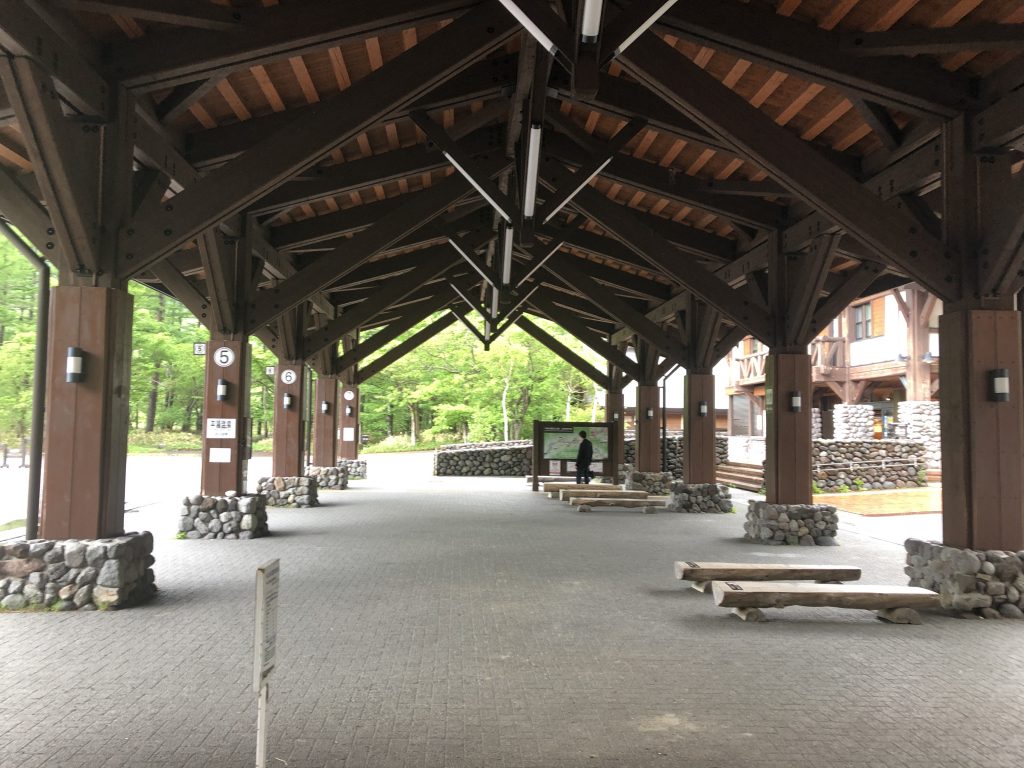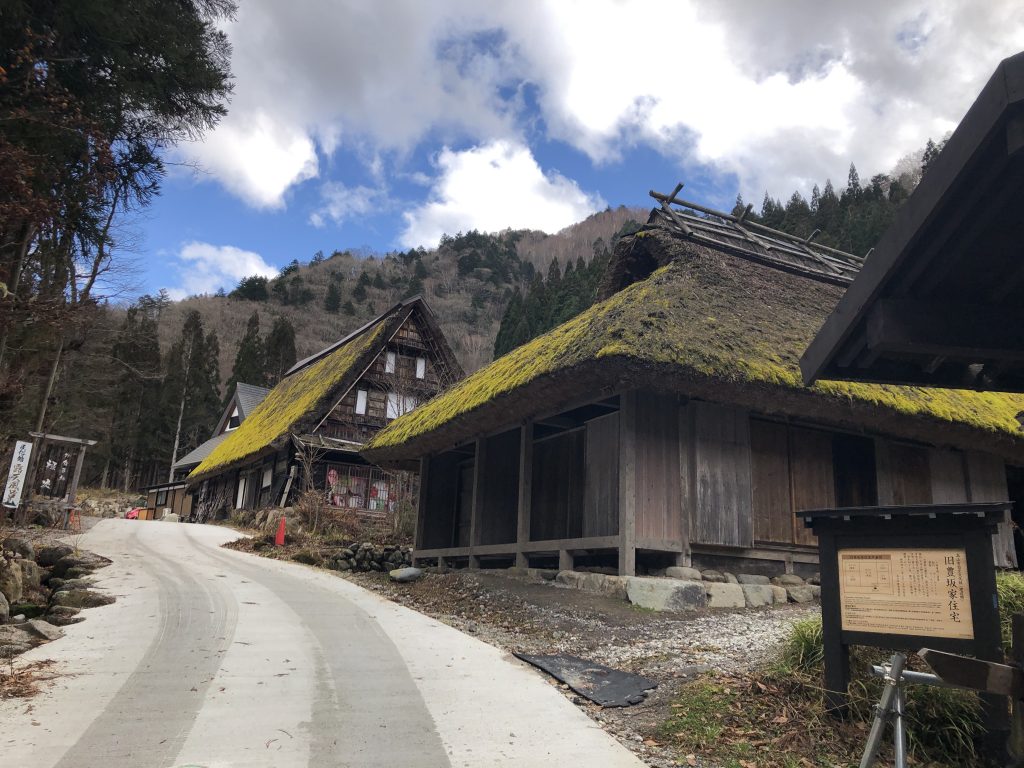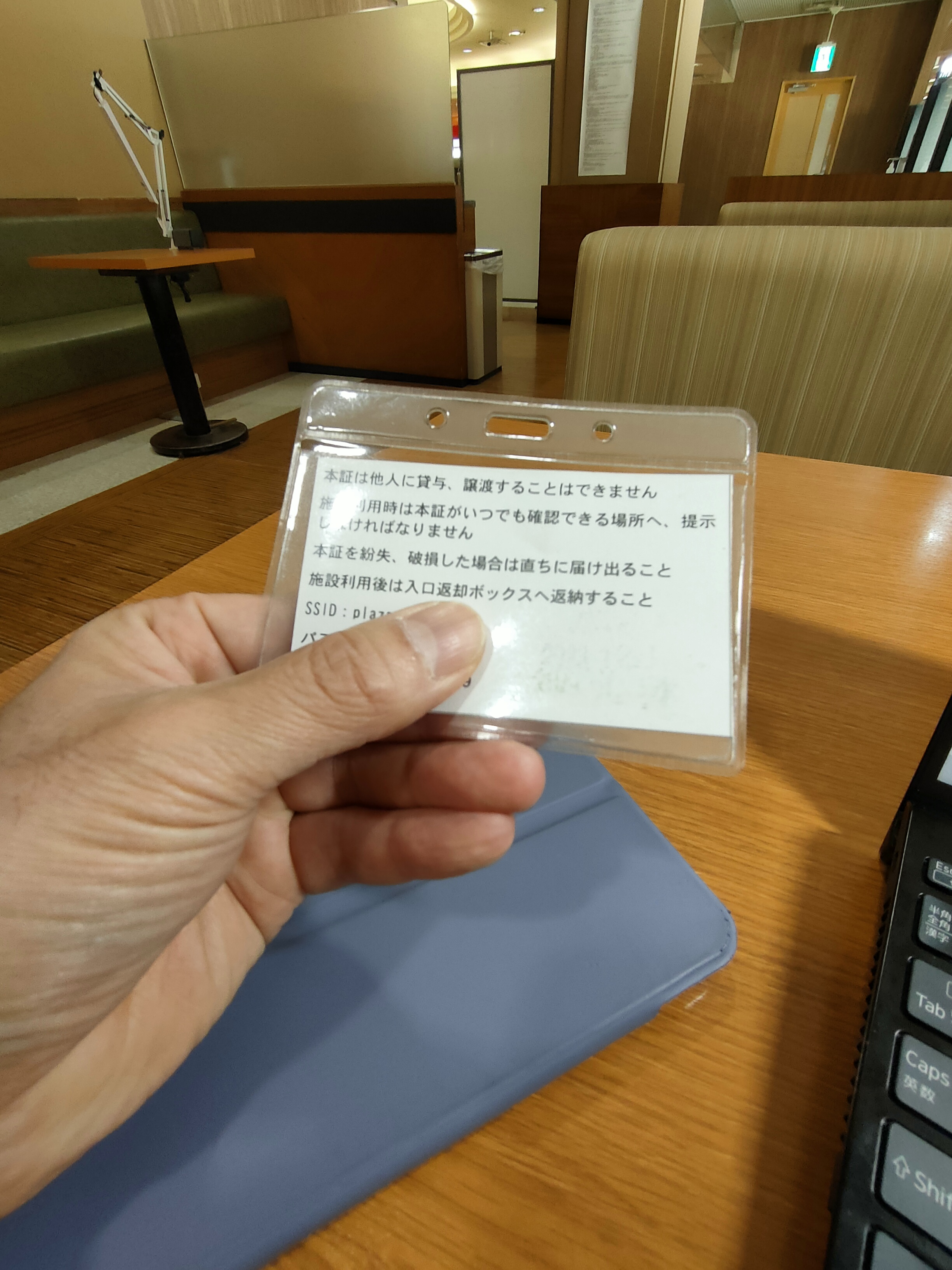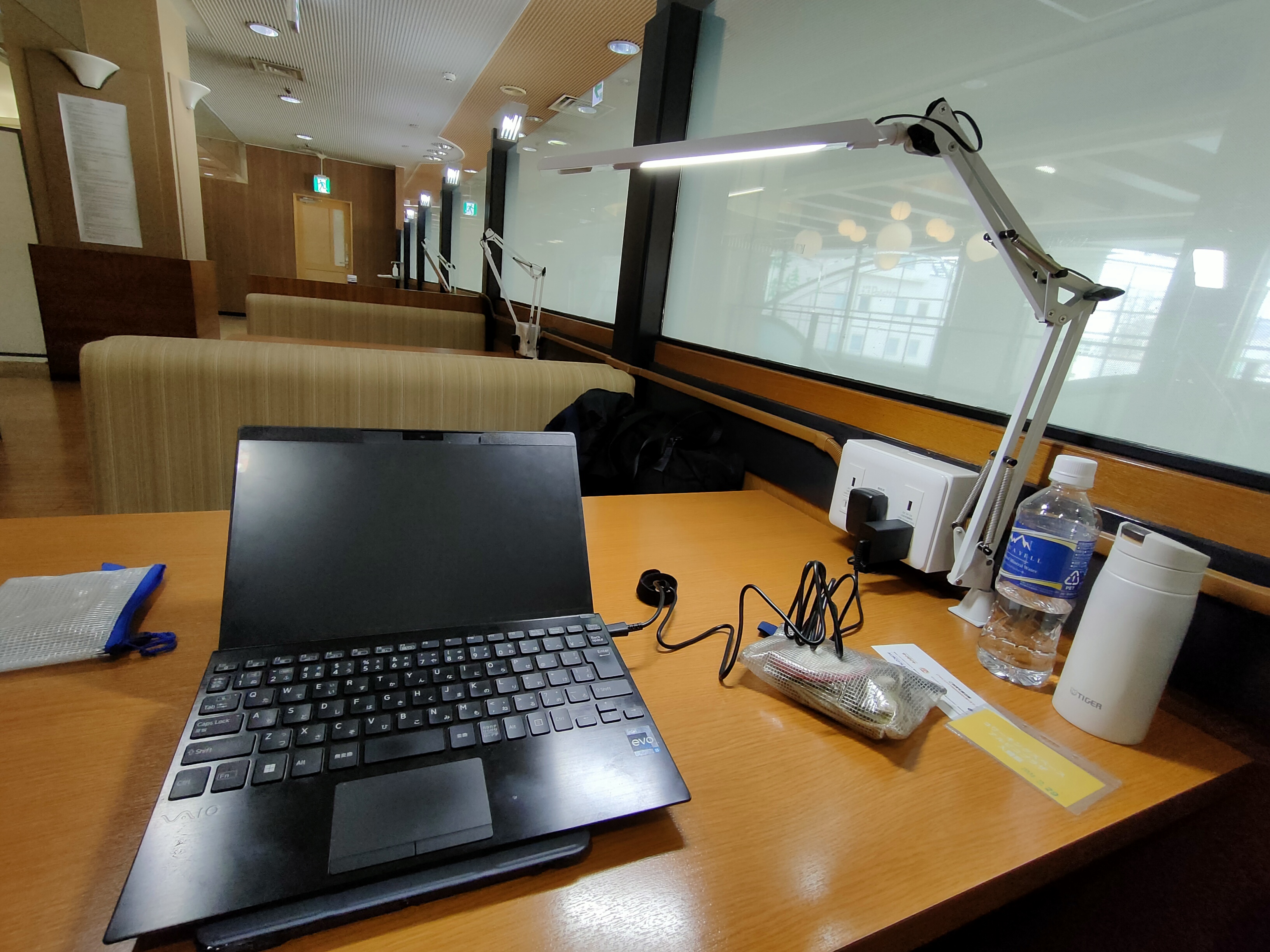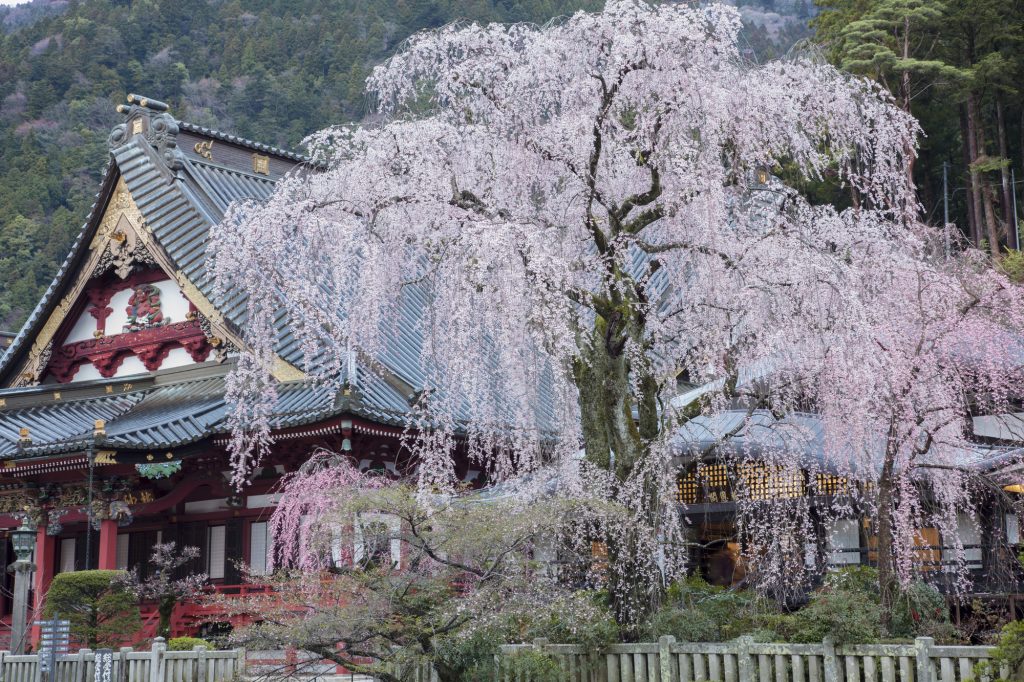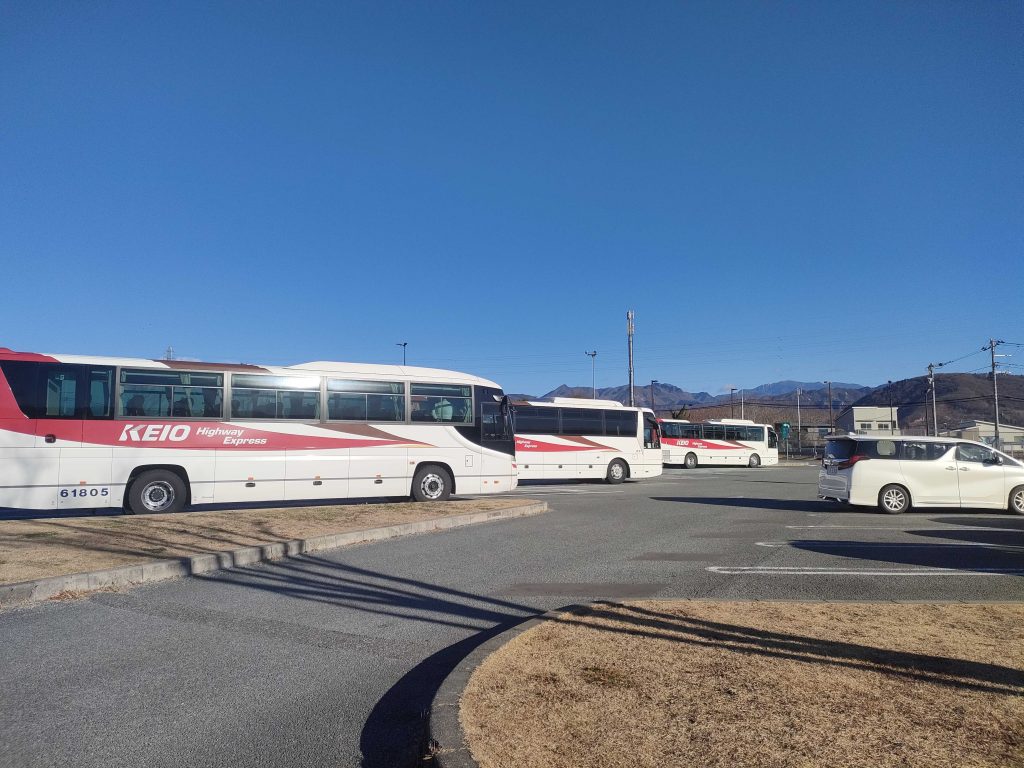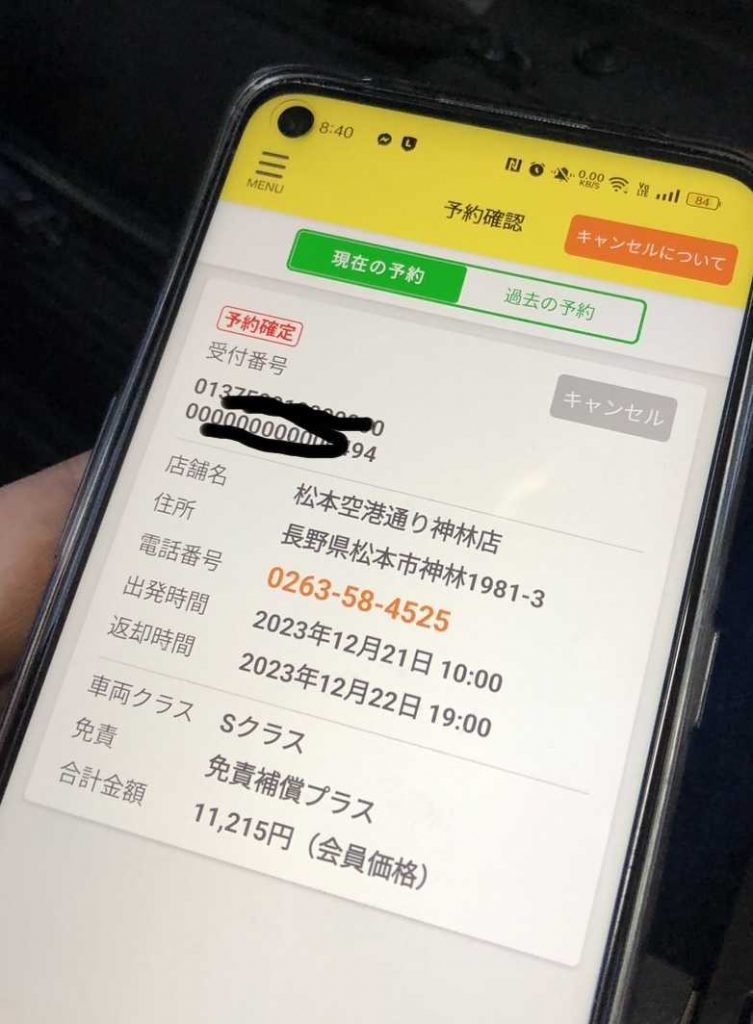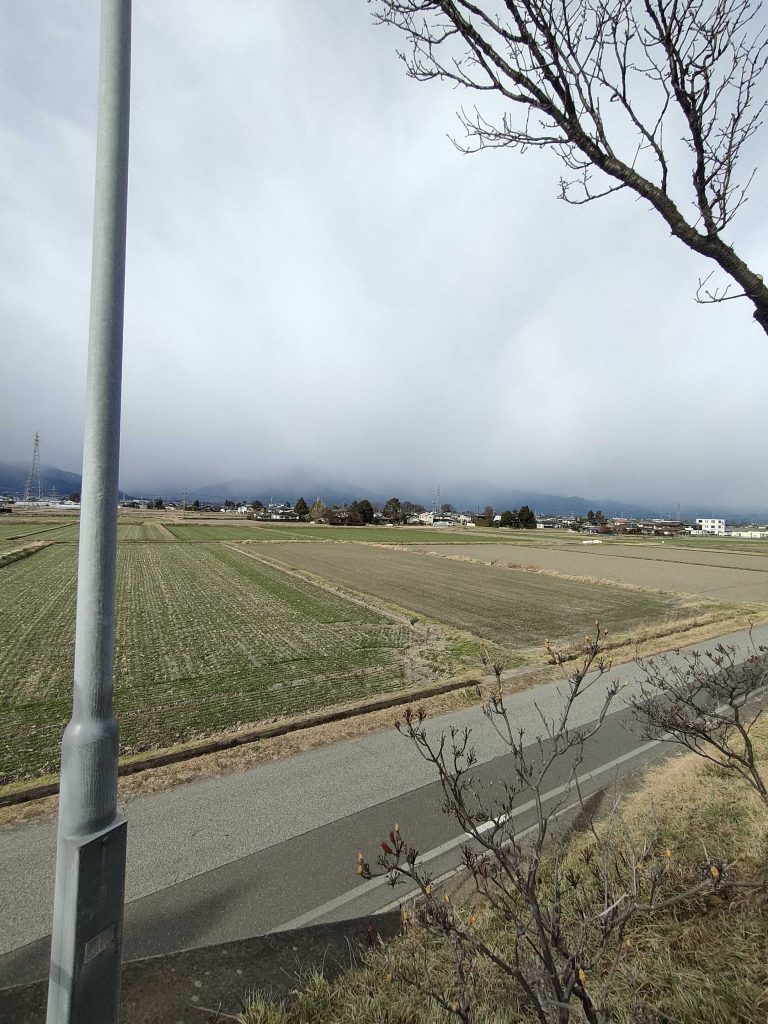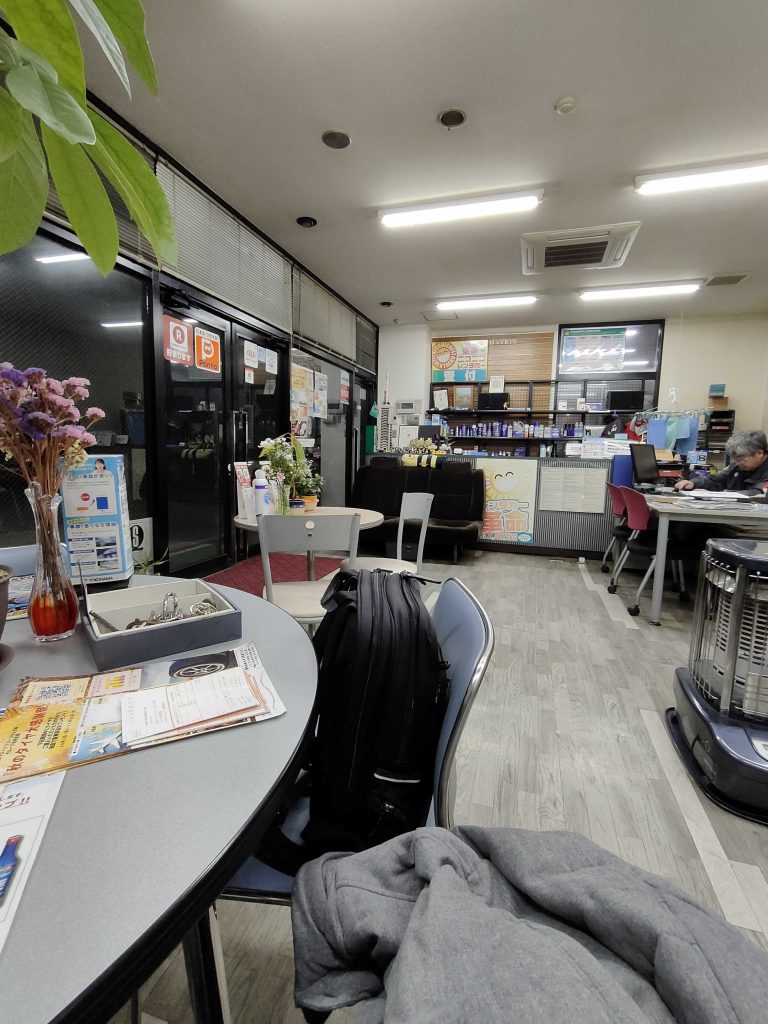

Kamikochi Reopening
Kamikochi reopened again this year (2024).
Now that covid has subsided, a large influx of people have been swarming to Kamikochi as soon as it opens on April 17th. As a result, direct buses from Shinjuku have become difficult to book due to labor regulations for drivers and others starting in April 2024.
We will introduce a second back-up plan for traveling between Shinjuku and Kamikochi. This method is relatively easy to book and inexpensive.
An Overview: Shinjuku to Takayama
In Part 1, we showed you how to take the highway bus from Shinjuku to Takayama and transfer at the Hirayu Bus Terminal [ via Hirayu Bus Terminal (Hirayu Onsen) ], and this time we will show you the backstage procedure for the version via Matsumoto.
You can take a highway bus from Shinjuku Bus Terminal or Hino Bus Station to Matsumoto bus terminal and head for Kamikochi.
Although it is common to use the ” Matsumoto Bus Terminal” and “Matsumoto Station” to connect the highway bus to the Matsumoto Railway Kamikochi Line, here we will use the “Matsumoto Inter-mae Bus Stop” and “Oniwa Station” on the Kamikochi Line to emphasize typa.
This backstage technique can shorten commute time by about 30 minutes.
If you can connect to a train one train earlier, you can also save an hour.
If you are short on money and time, this is a good backup route.
Route
Board the highway bus at the Shinjuku/Hino bus stop.
⇕
(Highway Bus / to Matsumoto)
Approx. 190 min. from Shinjuku, 160 min. from Hino
⇕
Get off the highway bus at the Matsumoto Interchange bus stop.
⇕
( about 550m / 7-8 minutes walk )
⇕
Board the train at Oba Station.
⇕
( Matsumoto Railway Kamikochi Line )
Approx. 25 min.
⇕
Get off the train at Niijima Station.
Board a local bus at the Niijima Bus Terminal
⇕
( Local bus bound for Kamikochi )
Approx. 65 min.
⇕
Kamikochi Bus Terminal
Fees (Fares)
It costs about 7,000 yen one way.
The breakdown is
Shinjuku – Matsumoto Highway Bus: 3,300 – 4,000 yen/one way
Reference 4-pack web coupon tickets
Basta Shinjuku – Matsumoto 13,000 yen / 4 tickets (3,250 yen / 1 ticket)
Hino bus stop – Matsumoto 11,400 yen/4 tickets (2,850 yen/1 ticket)
Oniwa – Niijima 590 yen/one way
(Matsumoto – Niijima 710 yen/one way)
Shinshimadai – Kamikochi Bus Terminal 2,550 yen / one way
All buses from Kamikochi to Niijimatsuri on the return trip will be operated on a reservation basis from FY2024.
The direct bus from Shinjuku to Kamikochi, “Sawayaka Shinshu-go,” has variable fares ranging from 8,000 yen to 16,000 yen.
Daytime 4-row seat: 8,000-12,000 yen (adult one-way)
Daytime flight 3-row seat: 10,000-14,000 yen (adult one-way)
Overnight 4-row seat: 10,000-14,000 yen (adult one-way)
Overnight flights 3-row seat: 12,000 yen – 16,000 yen (adult one-way)
Fares vary depending on the day of operation. For details, click here.
The typical fee is 12,000-14,000 yen, which is almost half the price.
In other words, Save more than 10,000 yen round-trip (i.e., more than 10,000 yen savings for a round-trip flight)
We recommend using the “Matsumoto Bus Terminal” and “Matsumoto Station” if you plan to stay the night before or after in Matsumoto, or if you plan to shop or eat at Matsumoto.
If you stay the night before the tour, you can take the “National Park Liner,” a direct bus from Matsumoto to Kamikochi that departs from the Matsumoto Bus Terminal at 5:30 am and arrives at the Kamikochi Bus Terminal at 7:05 am, allowing you to enjoy Kamikochi in the early morning.
>> >> Details of National Park Liner
>> >> Recommended for the first night or the second night! Hotels near Matsumoto Bus Terminal
Express Bus and Rail Transfers
Express buses and trains generally use the “Matsumoto Bus Terminal” and “Matsumoto Station” for connections. The bus terminal and train station are a short 5-minute walk away.
However, as shown in the map below, it is necessary to make a round trip between the Matsumoto Interchange and Matsumoto Station, resulting in waste. Therefore, if you wish to go directly from Tokyo (Shinjuku) to Kamikochi or from Kamikochi directly to Tokyo (Shinjuku), we recommend that you transfer at the “Matsumoto Inter-mae Bus Stop” and “Oba Station” on the Matsumoto Railway Kamikochi Line.

The bus stop in front of the Matsumoto Interchange on the return trip (toward Shinjuku) has a waiting room that was renovated in June 2019 and is equipped with air conditioning, restrooms, and 9 charging stations (outlets, USB) for cell phones and other devices.
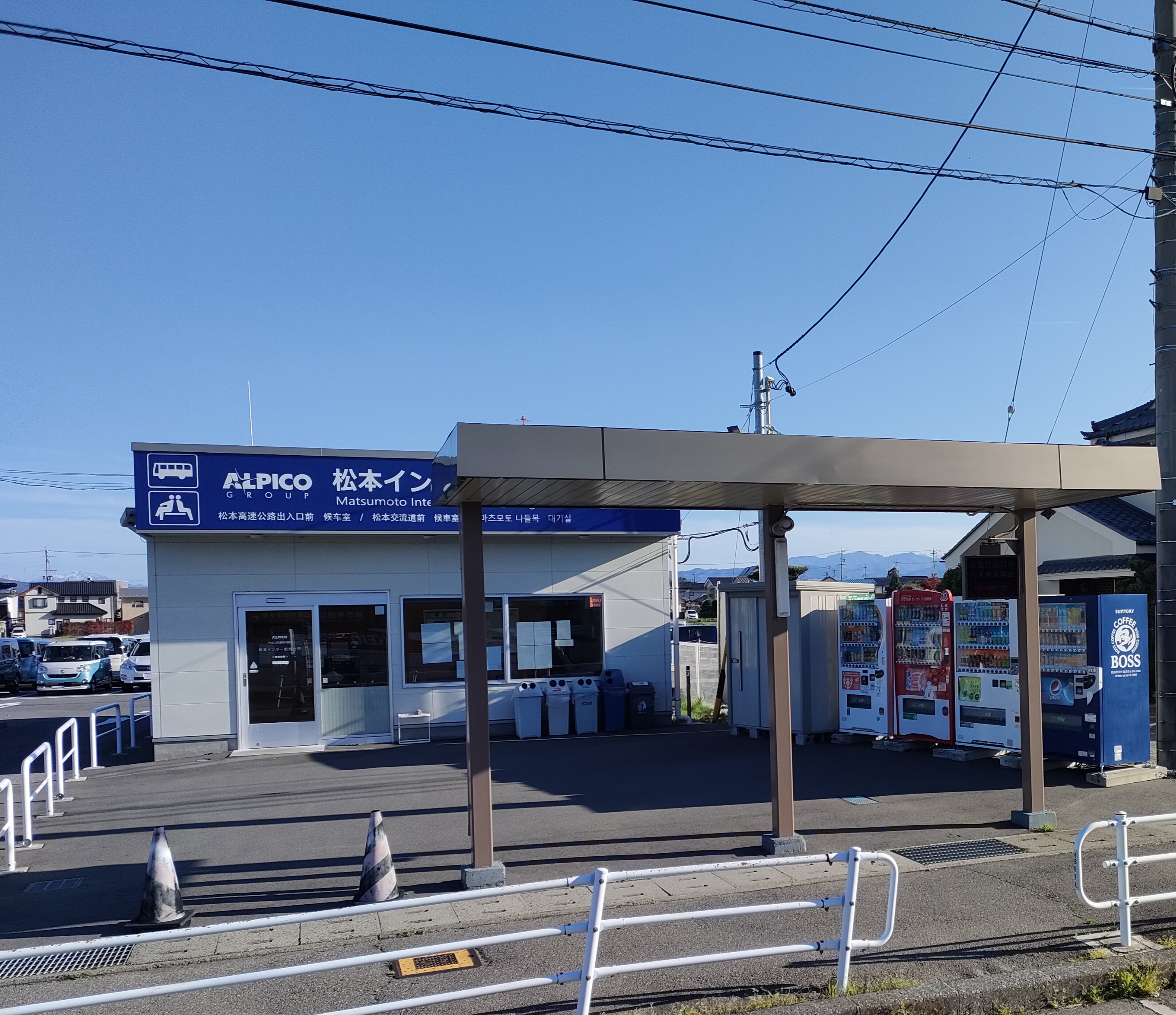
The round-trip fare via Matsumoto is more than 10,000 yen less than the direct bus service from Shinjuku to Kamikochi.
We also recommend that you spend the night before or after your stay in Matsumoto with the money you save. In this case, please use “Matsumoto Bus Terminal” and “Matsumoto Station”.
Matsumoto Interchange Bus Stop ⇔ Kamikochi Line Oba Station
If are routing to Oba Station using Google Maps, you will be directed to take the long way around as shown in the map below.

Google maps routes you this way because there is no pedestrian crossing at Horimae, the intersection just after getting off the bus.
The shortest way is to get to this stop is to follow the red arrow in the photo below. You cannot cross Route 158.

There is an underground promenade that does not appear on Google Maps that can be crossed safely and easily.


The underground promenade was well maintained and cleaned, and was relatively bright and safe.
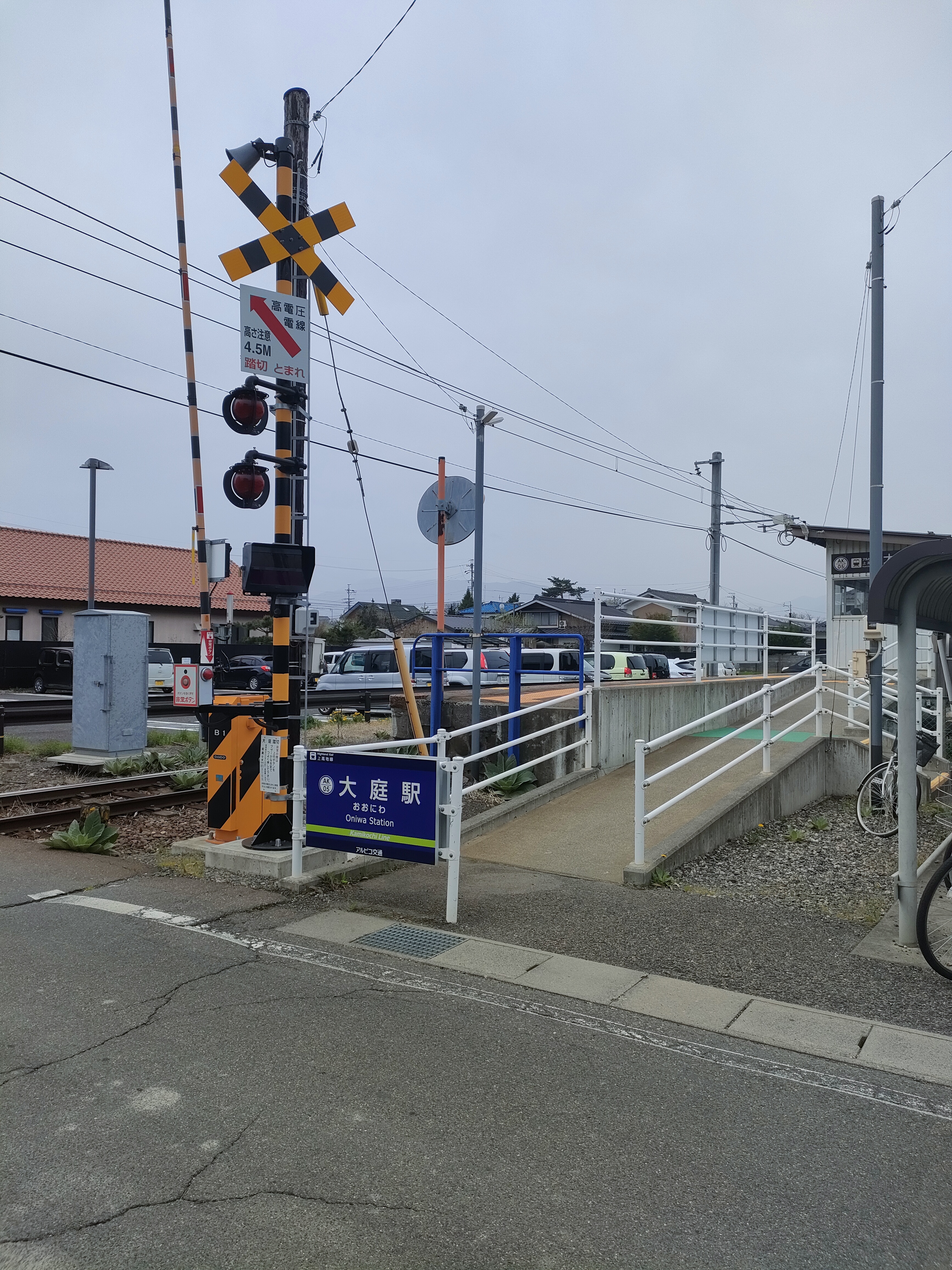

From Oniwa Station, take the Kamikochi Line bound for Niijima-eki and arrive at the last stop, Niijima-eki, in about 25 minutes.
Niijima Station is the closest train station to Kamikochi, and from here it is a 65-minute bus ride to the Kamikochi Bus Terminal.
When boarding the Matsumoto Railway Kamikochi Line, please pick up a numbered ticket at the entrance. It will be used when you get off the train.
Matsumoto Railway Kamikochi Line does not accept IC cards such as Suica. Please have coins ready.


Matsumoto Railway Kamikochi Line “Oba Station” ⇒ “Matsumoto Interchange-mae Bus Stop
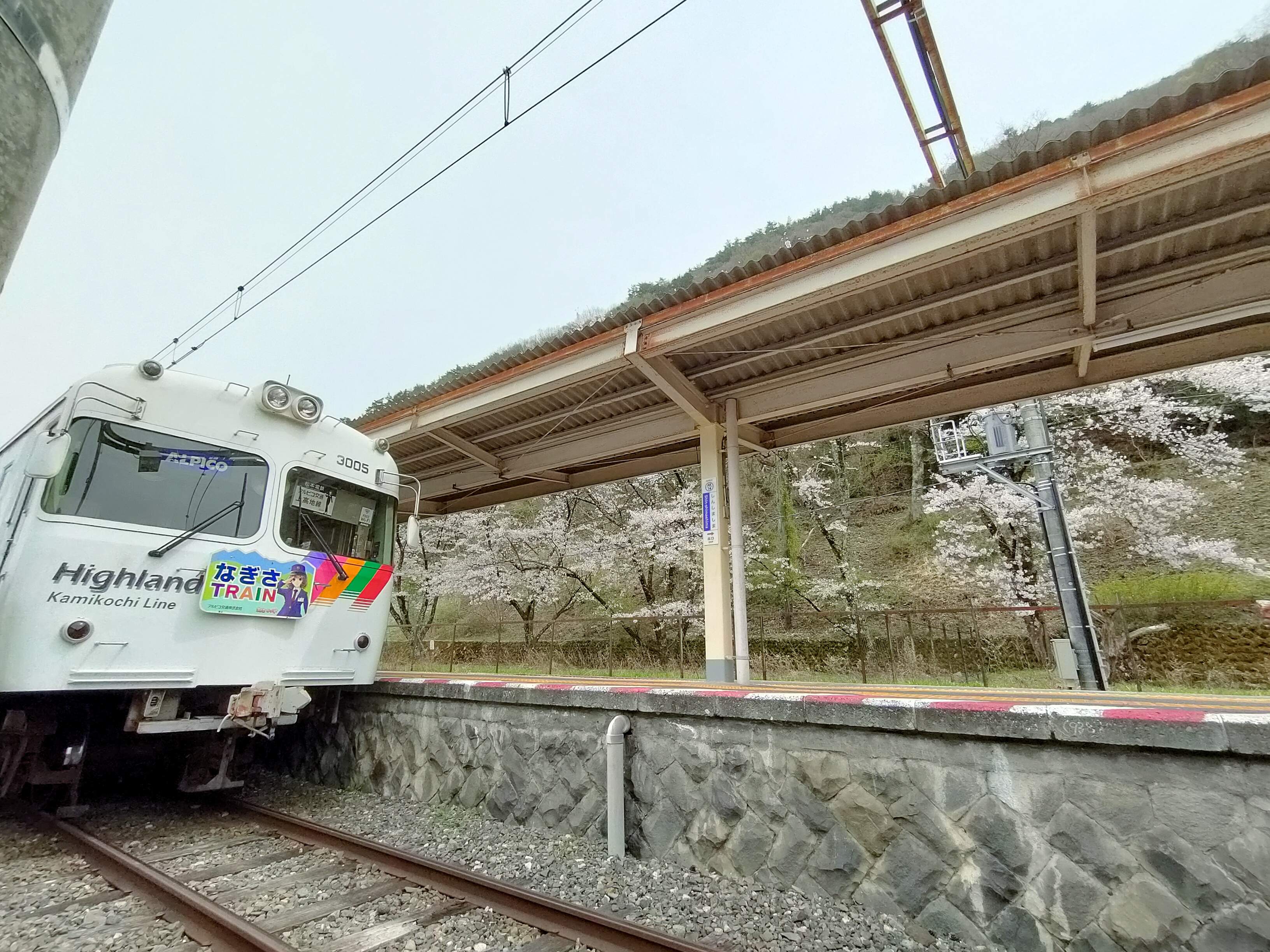
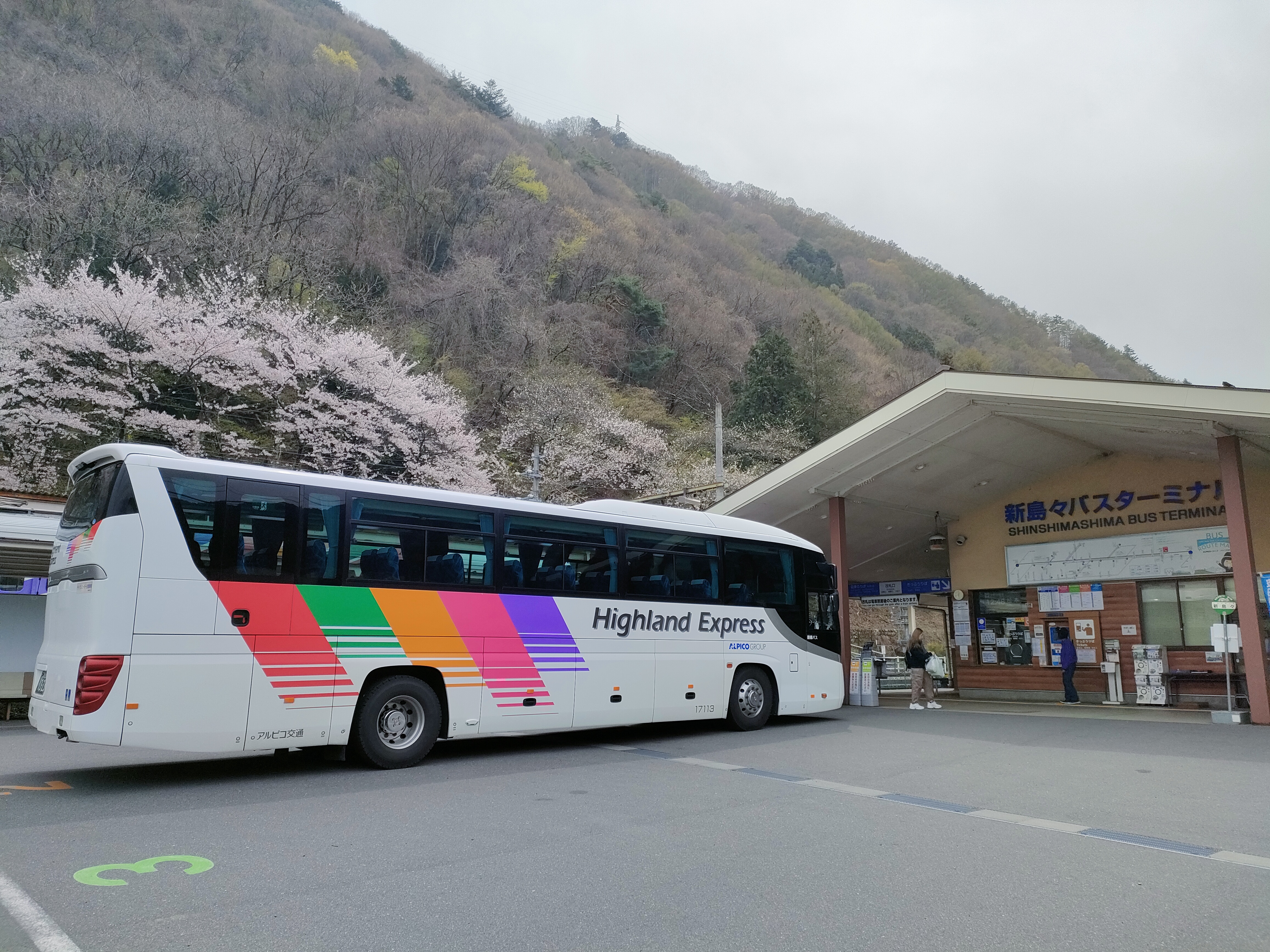
Shinjuku – Matsumoto Highway Bus Reservation
Highwaybus.com allows you to change/cancel reservations and select seats for highway buses.
There are approximately 24 round trips/day by express bus from Matsumoto to Shinjuku ↔ Matsumoto.
For reservations
↓↓↓↓
Highwaybus.com

Recommended Hotels near Matsumoto Bus Terminal

These are recommended accommodations that our staff actually stayed at and found to be highly cost-effective.
Tabino Hotel lit Matsumoto
A modern, stylish budget hotel specializing in overnight stays, located directly near the Matsumoto bus terminal.
Some benefits:
- Drink service for early check-in
- Tea and rice for the evening meal service
- Large baths modeled after Shirakotsu Onsen hot springs
- Children (elementary schoolers and younger) can stay for FREE!
Hotel M Matsumoto
Located right in front of the Matsumoto Bus Terminal on the 6th floor of a building that also houses Maruzen Bookstore and Daiso, this capsule and business hotel offers the best value for money.
Some benefits:
- Bright and clean, its appealing for women solo-travelers
- Lounge is stocked with comic books
- Large public bath
Iroha Grand Hotel Matsumoto Ekimae
It is about 400m, or 5 minutes away from the Matsumoto bus terminal.
Some benefits:
- Stylish and elaborate/ often used for weddings
- Recommended for girls trips, etc.
Other accommodations near Matsumoto Station and Matsumoto Bus Terminal
